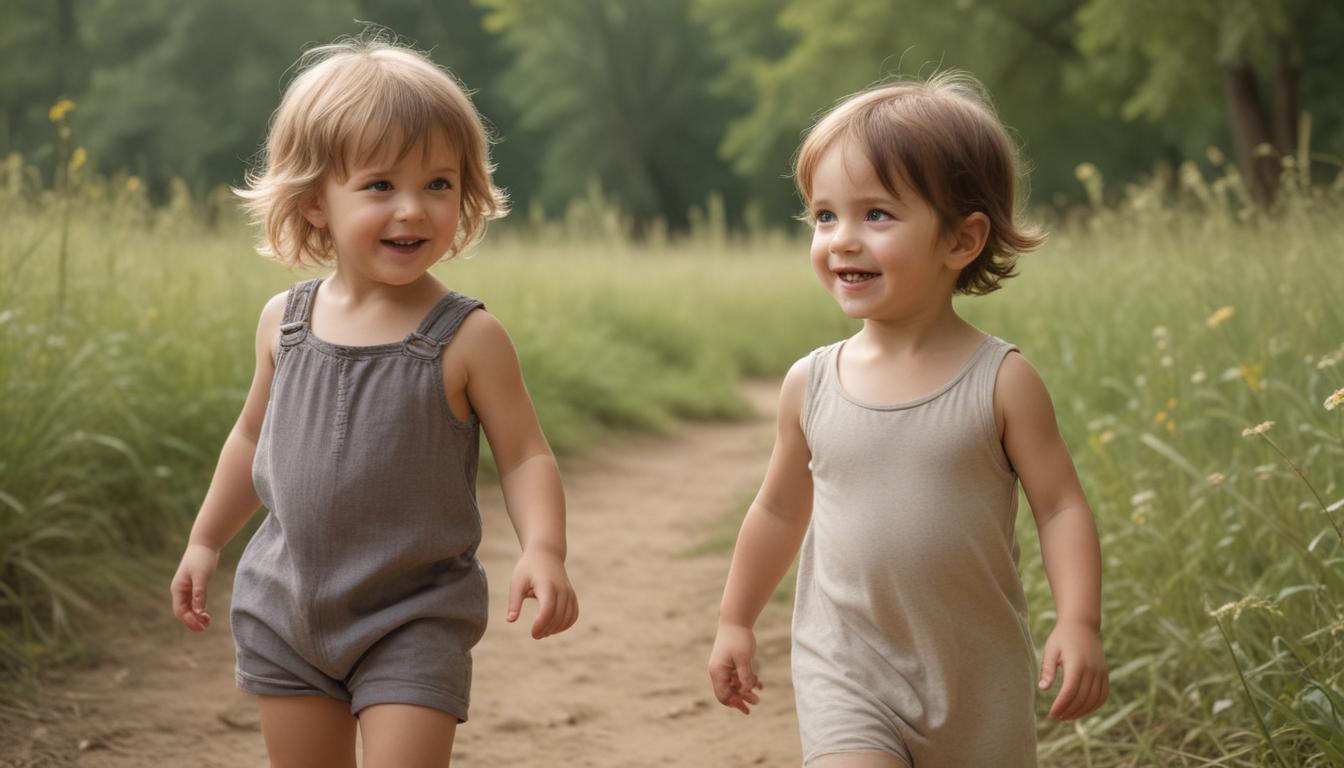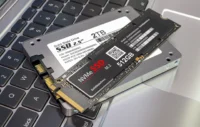Now Reading: Your Child’s Milestones & Health Guide
- 01
Your Child’s Milestones & Health Guide
Your Child’s Milestones & Health Guide

Your Guide to Child Development Milestones and Health
As a parent, it’s natural to watch your child’s every move with a mix of wonder and anticipation. You celebrate their first smile, their first step, and their first word. But sometimes, this close observation can turn into worry. You see other children reaching milestones sooner, or you read something online that plants a seed of doubt. Is my child on track? Should they be doing more by now? This constant questioning can be exhausting and take away from the joy of parenting. This guide is here to be your reassuring resource, helping you understand the beautiful and unique journey of child development.
We will walk you through what milestones really are, what to expect during key stages, and how to know when a chat with your healthcare provider is a good idea. The goal is not to create a checklist for you to stress over, but to empower you with knowledge. Understanding the general path of development allows you to better support your child, celebrate their individual progress, and confidently seek guidance when you need it.
Understanding Developmental Milestones
Developmental milestones are a set of functional skills or age-specific tasks that most children can do by a certain age. Pediatricians and child development experts use them as helpful guidelines to track a child’s progress in several key areas. These areas typically include gross motor skills like sitting and walking, fine motor skills like grasping a toy, language and communication skills, cognitive skills like problem-solving, and social-emotional skills like smiling at others and playing.
It is essential to remember that these milestones are not a rigid checklist or a race. Every child is unique and develops at their own pace. Some children may focus heavily on mastering motor skills first and be a little slower to talk, while others might be early talkers who take their time with walking. This variation is completely normal. Think of milestones as signposts on a developmental highway; while most children pass them around the same time, some may take a slightly different route to get to the same destination. The overall pattern of progress is more important than hitting a specific skill on a specific day.

Key Milestone Areas by Age
Watching a child grow from a helpless newborn into a curious and capable individual is one of life’s greatest joys. This transformation happens in stages, with each period bringing exciting new abilities. Understanding these general phases can help you know what to look for and how to best interact with your child to support their growth.
The First Year Infancy
The first year of life is a period of incredible, rapid growth. Your baby will transform from a newborn who primarily eats, sleeps, and cries into a little person on the cusp of walking and talking. In the first few months, you’ll see the development of head control, social smiles, and cooing sounds. By six months, many babies can roll over, sit with support, and babble with a range of sounds. They begin to understand cause and effect, like knowing that shaking a rattle makes a noise.
As they approach their first birthday, milestones become even more exciting. Most babies will be able to sit without help, pull themselves up to a standing position, and may even take their first independent steps. Their fine motor skills improve dramatically, allowing them to pick up small objects with a pincer grasp (using their thumb and forefinger). They can respond to their name, understand simple commands like “no,” and may say their first meaningful words like “mama” or “dada.” This year is all about building the foundational blocks for mobility, communication, and social bonding.
The Toddler Years Ages 1 to 3
The toddler years are defined by an explosion of independence and personality. This is the stage where your child’s mobility and language skills take off, allowing them to explore and interact with the world in a whole new way. They will progress from wobbly first steps to confident running, jumping, and climbing. Their desire for autonomy becomes very clear, often expressed through the classic toddler phrase, “Me do it!” This is a critical part of their development as they learn to assert their will and understand their capabilities.
Language development during this time is remarkable. A toddler’s vocabulary can grow from just a few words to hundreds, and they will start stringing two or three words together to form simple sentences. They begin to engage in pretend play, which is crucial for cognitive and social development, and start to understand concepts like sorting shapes and colors. While this stage can be challenging with tantrums and boundary-testing, it’s a vibrant period of learning where your child’s unique personality truly begins to shine through.
When to Be Concerned Common Health Red Flags
While variation in development is normal, there are certain red flags that may indicate a need for a professional evaluation. The key is to look for a consistent pattern of delays or, more significantly, the loss of skills your child once had. For instance, if a child was babbling or making eye contact and then stops, it is a reason to consult a doctor immediately. This is known as developmental regression and always warrants a professional assessment.
Other potential signs that it’s time for a conversation with your pediatrician include a lack of response to loud sounds or not turning toward voices, which could indicate a hearing issue. If a baby isn’t sitting on their own by nine months or isn’t walking by 18 months, it’s worth discussing. In toddlers, a very limited vocabulary or an inability to follow simple two-step commands by age three could also be a reason to seek advice. Remember, your pediatrician is your partner. Raising concerns is not about looking for problems but about ensuring your child has access to any support they may need to thrive.
How You Can Support Your Child’s Development
Your role as a parent is not to be a scorekeeper but a loving guide and facilitator of your child’s growth. The most powerful way you can support their development is through simple, consistent, and loving interactions. Playing with your child is one of the most effective tools you have. Floor time with an infant helps build muscle strength, while building blocks with a toddler fosters fine motor skills and problem-solving. Play is the work of childhood, and it is how they learn about the world.
Reading and talking to your child from day one are also incredibly important. Narrate your day, sing songs, and read books together. This exposure to language builds a strong foundation for communication and literacy. Providing a safe and stimulating environment allows them to explore without constant restriction. Most importantly, be responsive. When your child coos, coo back. When they point at something, talk about it. This back-and-forth interaction, known as “serve and return,” builds strong neural connections in their brain and strengthens your emotional bond, making them feel secure, seen, and loved.


































